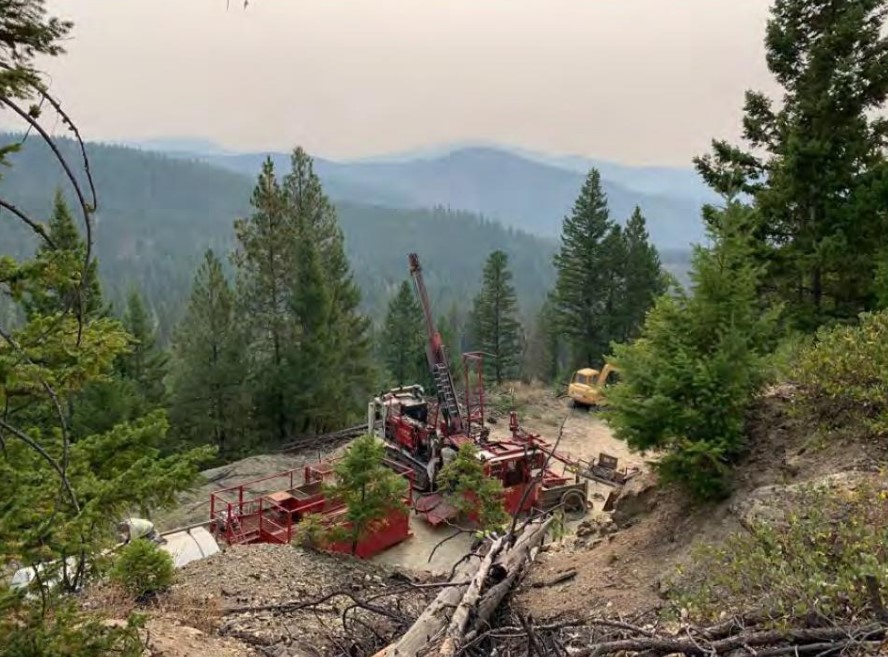Freeman Gold drills 151 metres of 2.5 g/t gold at Lemhi Project, Idaho

Freeman Gold Corp. [FMAN-CSE; FMANF-OTC; 3WU-FSE] reported assay results of core from the remaining 20 diamond drill holes of the 35-hole 2020 program on Freeman’s 100%-owned Lemhi gold project in Idaho.
The objective of the 2020 Phase 1 drill program was designed to confirm historical mineralization and allow the use of over 355 historical drill holes in a maiden NI 43-101-compliant resource estimate. The drill program focused on infill and step-out drilling within the known mineralized body to increase confidence and maximize the potential resource. The drilling completed by Freeman successfully confirmed historically defined mineralization and provided valuable infill drilling to increase confidence levels of the upcoming resource estimate.
Freeman releases the highest grade intercept ever drilled at Lemhi from the remaining 20 diamond drill holes of the 2020 35-hole drill program:
Highlights include 2.5 g/t gold over 151 metres, including 25 g/t gold over 8.7 metres in hole FG20-017C. Hole FG20-012C returned 1.2 g/t gold over 42.6 metres. Hole FG20-026C returned 0.9 g/t gold over 72.4 metres, including 2.1 g/t gold over 21.1 metres. Hole FG20-032C returned 1.4 g/t gold over 48.4 metres, including 2.1 g/t gold over 22 metres.
As a result of the 2020 drill program and increased drill density, the maiden resource estimate will include drill assay results from both historical (355 holes – approximately 70,000 metres) and new drilling (35 holes – 7,200 metres).
All holes drilled to date have intersected high-grade shallow oxide gold mineralization.
Will Randall, President and CEO, said: “The 2020 diamond drill program at Lemhi not only confirmed the vast and comprehensive historical database but also added confidence. This gives us an excellent basis upon which to complete our maiden compliant resource estimate, with the joint objective of maximizing the resource count, increasing the resource confidence categories and identifying areas for future growth.”
